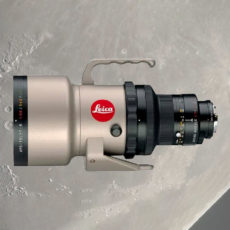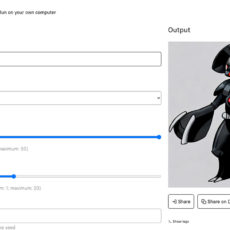
You won’t need NASA’s Hubble Space Telescope to view Jupiter’s opposition today as it makes its closest pass to Earth in 59-years. It will be approximately 367 million miles from Earth, or around the same distance it was in 1963. As long as you have a clear view of the sky, Jupiter should be visible tonight.
I spent two consecutive nights shooting Jupiter for hours. Here’s all the images played back in a sequence. You can watch the transit of Io and the appearance of the Great Red Spot. pic.twitter.com/gY1eBtMtvL
— Andrew McCarthy (@AJamesMcCarthy) September 20, 2022
Astrophotographer Andrew McCarthy spent the past two nights putting together this amazing composite made from 600,000 photos using an 11-inch telescope and a camera he usually uses for deep sky work. One thing to note is you’ll probably need a larger telescope to observe Jupiter’s Great Red Spot and bands in more detail, while a 4 inch-or-larger telescope and some filters in the green to blue range would further enhance the visibility of these features.
- POWERFUL TELESCOPE FOR ASTRONOMY BEGINNERS: The AstroMaster 130EQ delivers sharp optics, a stable equatorial mount, and smooth manual controls, making...
- HIGH-QUALITY 130MM OPTICS: Enjoy views through the 130mm (5”) Newtonian reflector, which features high-quality aluminum and SiO₂ coatings and...
- SMOOTH, ACCURATE POINTING: Effortlessly aim and center your target using the two slow-motion control knobs for right ascension and declination whether...
With good binoculars, the banding (at least the central band) and three or four of the Galilean satellites (moons) should be visible. It’s important to remember that Galileo observed these moons with 17th century optics. One of the key needs will be a stable mount for whatever system you use,” said Adam Kobelski, a research astrophysicist at NASA’s Marshall Space Flight Center in Huntsville, Alabama.






